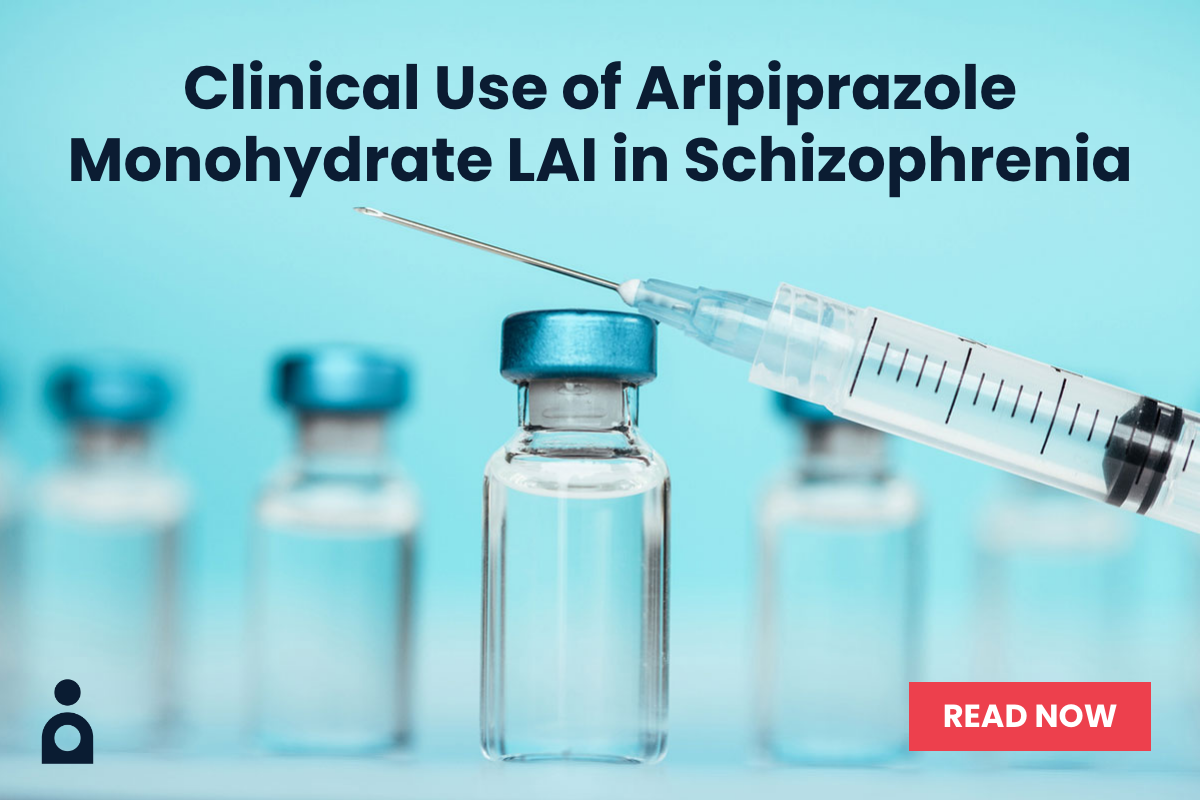Objective: Prior research has consistently documented a strong association between generalized anxiety disorder (GAD) and substance use disorder (SUD). Comorbidity of GAD and SUD (GAD-SUD) represents clinical challenges, as the patients’ symptoms are often more severe and are frequently prolonged, making their management more complex when compared with individuals with GAD only. The purpose of this study was to examine whether individuals with GAD-SUD differ meaningfully from individuals with GAD and no SUD comorbidity (GAD-NSUD) in terms of demographic characteristics, risk factors, psychiatric comorbidity, and clinical correlates.
Method: Data were derived from the 2001-2002 National Epidemiologic Survey on Alcohol and Related Conditions (N = 43,093). Diagnoses were made using the Alcohol Use Disorder and Associated Disabilities Interview Schedule-DSM-IV Version.
Results: We found that the lifetime prevalence rate of GAD-SUD is about 2.04%, while that of GAD-NSUD is 2.10%. Individuals with GAD-SUD showed higher psychiatric comorbidity rates than those with GAD-NSUD. Treatment-seeking rates for GAD are equally low in individuals with GAD-SUD and GAD-NSUD. Both groups were as likely to receive pharmacologic treatment for anxiety.
Conclusions: The findings of our study indicate that individuals with GAD-SUD constitute half of the lifetime prevalence of GAD and that GAD-SUD is associated with high overall vulnerability for additional psychopathology, particularly in the externalizing spectrum; higher disability; and higher use of alcohol and drugs to relieve anxiety symptoms.
J Clin Psychiatry 2010;71(9):1187-1195
Submitted: May 4, 2009; accepted August 14, 2009. (doi:10.4088/JCP.09m05328gry).
Corresponding author: Bridget F. Grant, PhD, Laboratory of Epidemiology and Biometry, Division of Intramural Clinical and Biological Research, National Institute of Alcohol Abuse and Alcoholism, National Institutes of Health, MS 9304, 5635 Fishers Lane, Bethesda, MD 20892-9304 ([email protected]).
Members Only Content
This full article is available exclusively to Professional tier members. Subscribe now to unlock the HTML version and gain unlimited access to our entire library plus all PDFs. If you’re already a subscriber, please log in below to continue reading.
Please sign in or purchase this PDF for $40.00.
Already a member? Login

